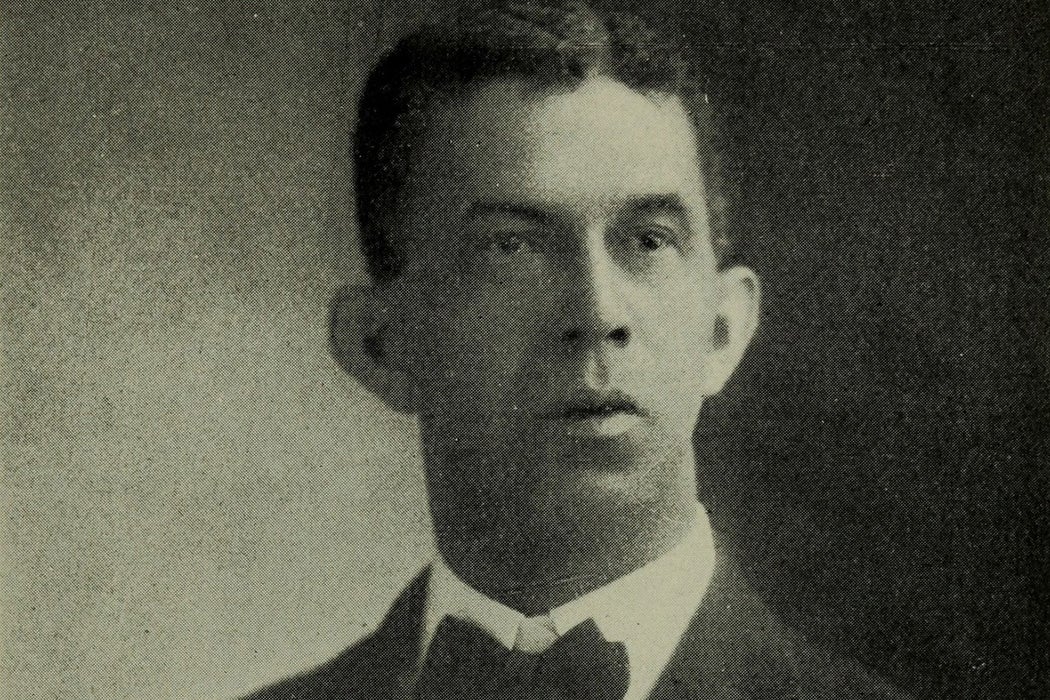An autopsy for William McKinley, along with related notes, has come up for auction for the first time. The report details the bacterial and chemical analyses undertaken after the death of the twenty-fifth US president, who was the third president to be assassinated. The autopsy reported that bullets used by assassin Leon Czolgosz on September 6, 1901, weren’t tipped with poison, as some had theorized. The bullet in McKinley’s stomach was enough to do the terminal work.
McKinley was shot at the Pan-American Exposition in Buffalo, New York. He died eight days later. Historian Mitch Kachun centers in on the assassination in an autopsy of another kind, one that delves into the poisons of the abysmal race relations in the US at the turn of the century.
While McKinley lingered, Black waiter James B. Parker was the hero of the hour, touted for saving the President’s life by tackling Czolgosz. The white press hailed him as “Big Jim,” “the Herculean Negro,” and “the tawny lion of the Exposition.” But Parker’s time in the limelight was brief. By the time of Czolgosz’s electrocution on October 29, Parker was being labelled a fraud. At least by most whites.
As initially conceived, the Pan-American Exposition planned to represent those of African descent with exhibits on the midway called “Darkest Africa” and the “Old Plantation.” Local and national pressure led exposition officials to add a “Negro Exhibit…illustrating the educational, technological, and economic progress of the race since emancipation,” but it was shunted to a corner of the grounds, away from all the action on the midway.
In the continuing struggle for Black citizenship, Parker became a “compelling symbol of [B]lacks’ American-ness, patriotism, loyalty, and belonging.” Kachun details the flurry of comparisons between the loyal Parker and the “immigrant treachery” of the “red-handed anarchist,” as Booker T. Washington, for one, put it. Czolgosz was Detroit-born, but his anarchism and Polish-immigrant parents coded him as “foreign.”
Eager to include Blacks in the “national ‘we,’” spokespeople like Washington played the nativist card against immigrants, mirroring dominant white culture. This tactic, however, failed to advance the cause of Black citizenship, while such anti-immigrant rhetoric spoken by whites would later power the rise of a revived KKK of the 1920s.
McKinley was a Republican, the party that once opposed the expansion of slavery, formalized Emancipation, and tried to democratize the South through Reconstruction. But McKinley’s Republican Party was already far removed from its roots. When, in November 1898, Black Republicans and other Blacks in Wilmington, North Carolina, and Phoenix, South Carolina, were massacred by whites, McKinley did nothing. He was equally silent about solo lynchings, including the burning and dismemberment of Sam Hose before thousands of white Georgians in 1899, some of whom took home pieces of Hose’s body as souvenirs.
Black commentators more critical than Washington therefore noted the bitter irony of McKinley being a victim of anarchic violence. They directly “implicated the spirit of lynch law in McKinley’s assassination”—violence condoned against some would inevitably ricochet in violence against others, including Presidents. Malcom X’s “chickens coming home to roost” comment after the assassination of John F. Kennedy was not, Kachun shows, unprecedented.
Weekly Newsletter
But McKinley’s death resulted in Black commentators dutifully paying homage to the slain president, regardless of his record of refusing to condemn the wholesale murder of Black Americans. And with McKinley dead, James Parker could no longer be credited with helping to save the president’s life. Then came the trial of Leon Czolgosz, which “effectively erased Parker from the official judicial account of the assassination.” Not a single witness put Parker, or any “colored man,” at the scene. White accolades about Parker were replaced by charges of fraud and glory-seeking.
Black Americans were outraged. The national Black weekly New York Age charged there “was a systematic effort on foot to rob Parker of his honors.” Kachun writes that “we will likely never know the extent or nature of Parker’s role in Buffalo,” but many Black Americans never lost faith. Parker spent some time lecturing to sympathetic audiences on the East Coast, but his life soon spiraled downwards. He died penniless in 1908 in the “insane ward” of a Philadelphia hospital, his pauper’s body ending up in the hands of local medical students.
Teaching Tips
Read historical news coverage of the exposition:
- “Ethnology at the Pan-American Exposition” (September 1, 1901)
- “Progress of the Pan-American Exposition” (November 24, 1900)
- “Opening of the Pan-American Exposition” (June 1, 1901)
- “End of the Pan-American” (November 16, 1901)
- “Notes on the Pan-American Exposition” (December 1901)
Learn more about the 1901 Pan-American Exposition:
- Amma Y. Ghartey-Tagoe Kootin analyzes the “Old Plantation” exhibit in the context of minstrelsy (2013)
- Cara A. Finnegan writes about the last photographs taken of McKinley at the exposition (2021)
- Sarah J. Moore examines the exposition in relation to empire and the Spanish-American War (2000)
Support JSTOR Daily! Join our membership program on Patreon today.







